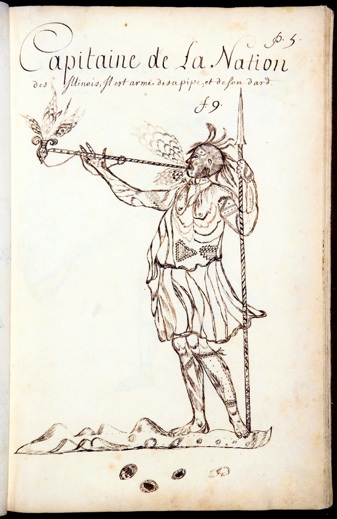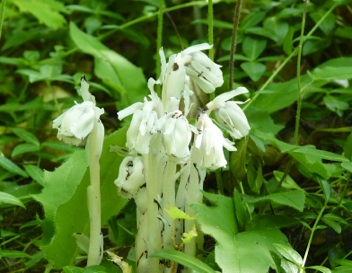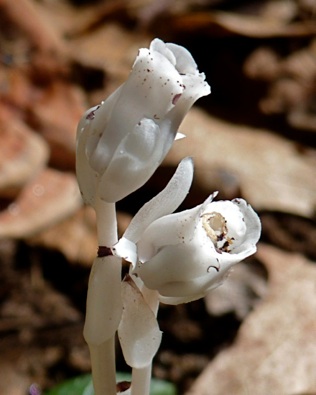Origin of the name Calumet (Wikipedia):
Calumet is a Norman word [calyme], first recorded in David Ferrand's La Muse normande around 1625–1655.[1] Its first meaning was "sort of reeds used to make pipes", with a suffix substitution for calumel.[2] It corresponds to the French word chalumeau, meaning 'reeds' (Modern French also means 'straw', 'blowlamp').[3][4] The term was used by Norman-French settlers in Canada to describe the ceremonial pipes they saw used among the First Nations people of the region.[5]
What is now Calumet was settled in 1864, originally under the name of "Red Jacket",[8] named for a Native American Chief of the Seneca tribe. Until 1895 the name "Calumet" was used by the nearby town of Laurium, Michigan; present day Calumet was not legally named so until 1929.
Until 1895, Laurium was known as "Calumet" (not to be confused with the present nearby town of Calumet, Michigan, which was known as "Red Jacket" until it adopted the name Calumet in 1929). In 1895 the legislature changed Calumet's name to Laurium, after the famous mining town in ancient Greece
The name change was due to the keen desire by the Village residents for their own post office. There had already been an established post office by the name of Calumet which served the Village of Red Jacket and the various mining company locations.










